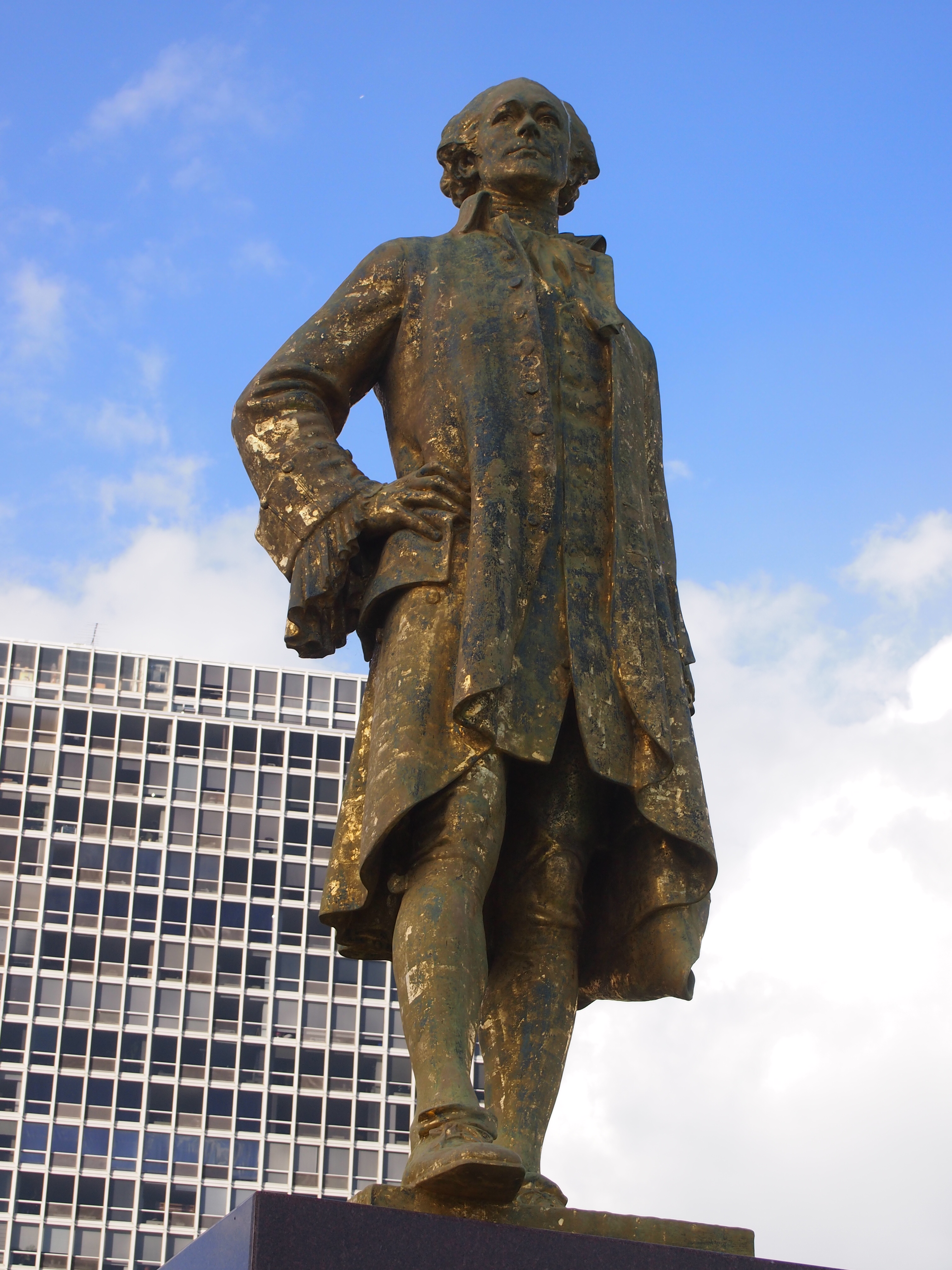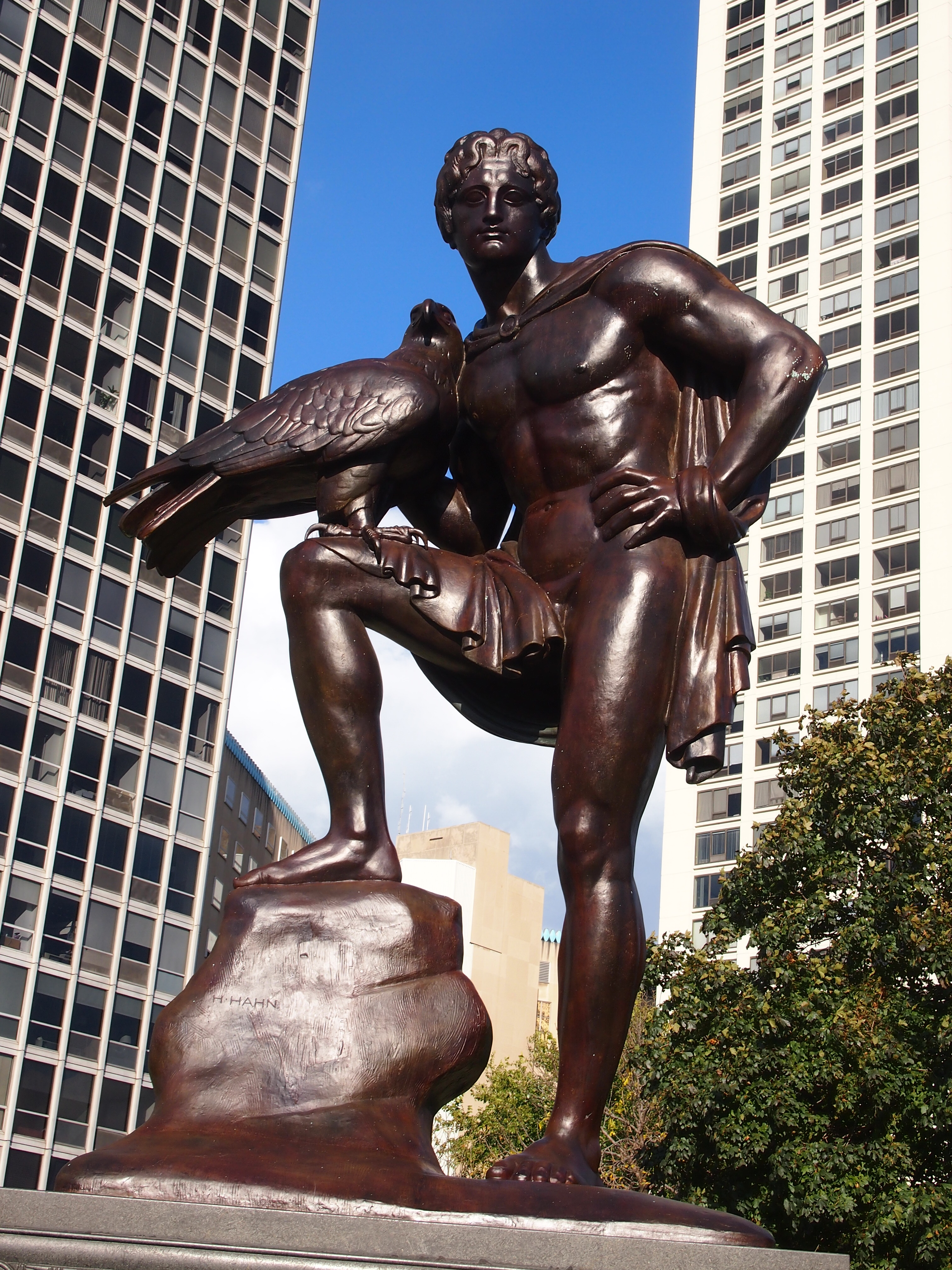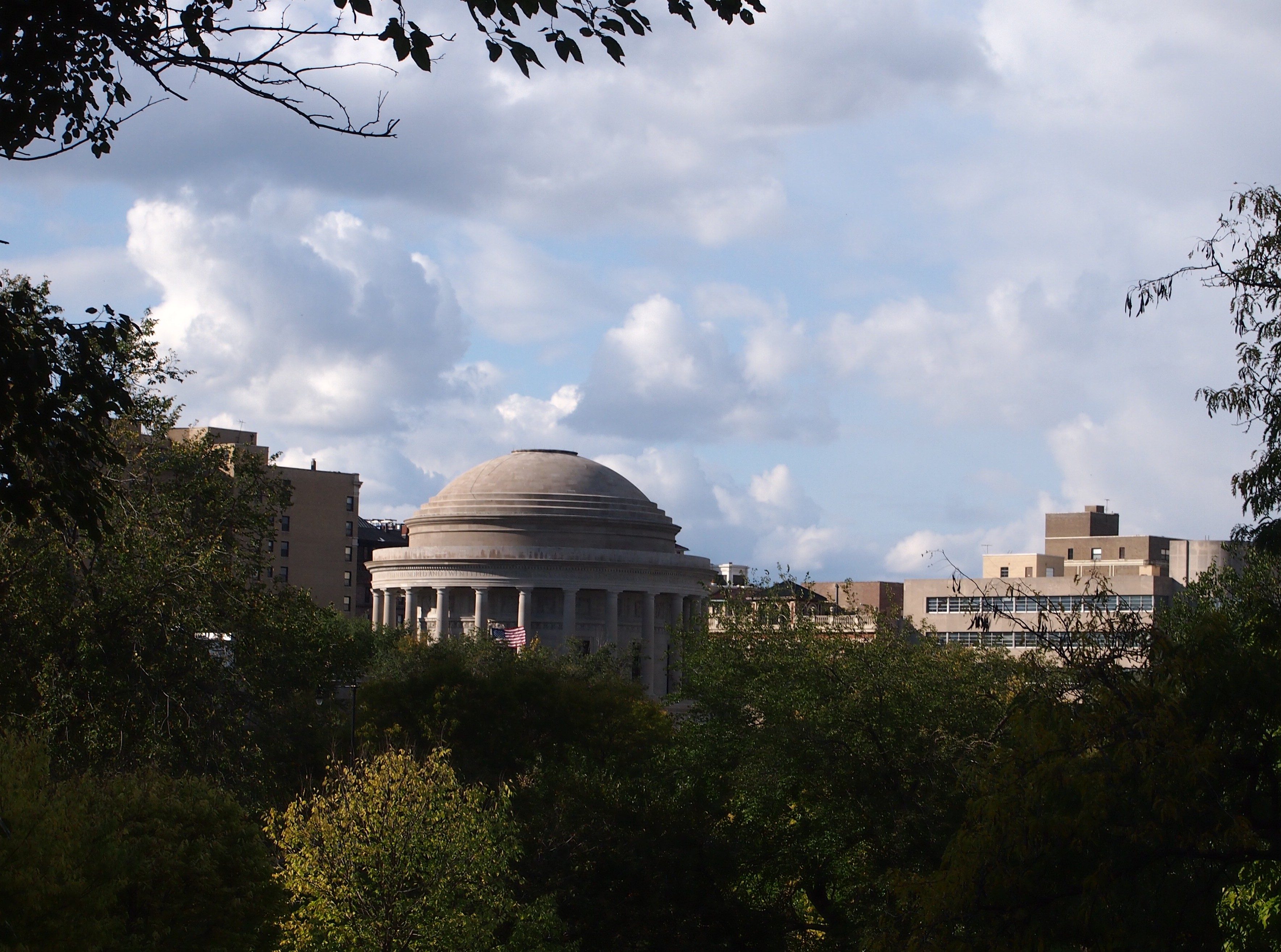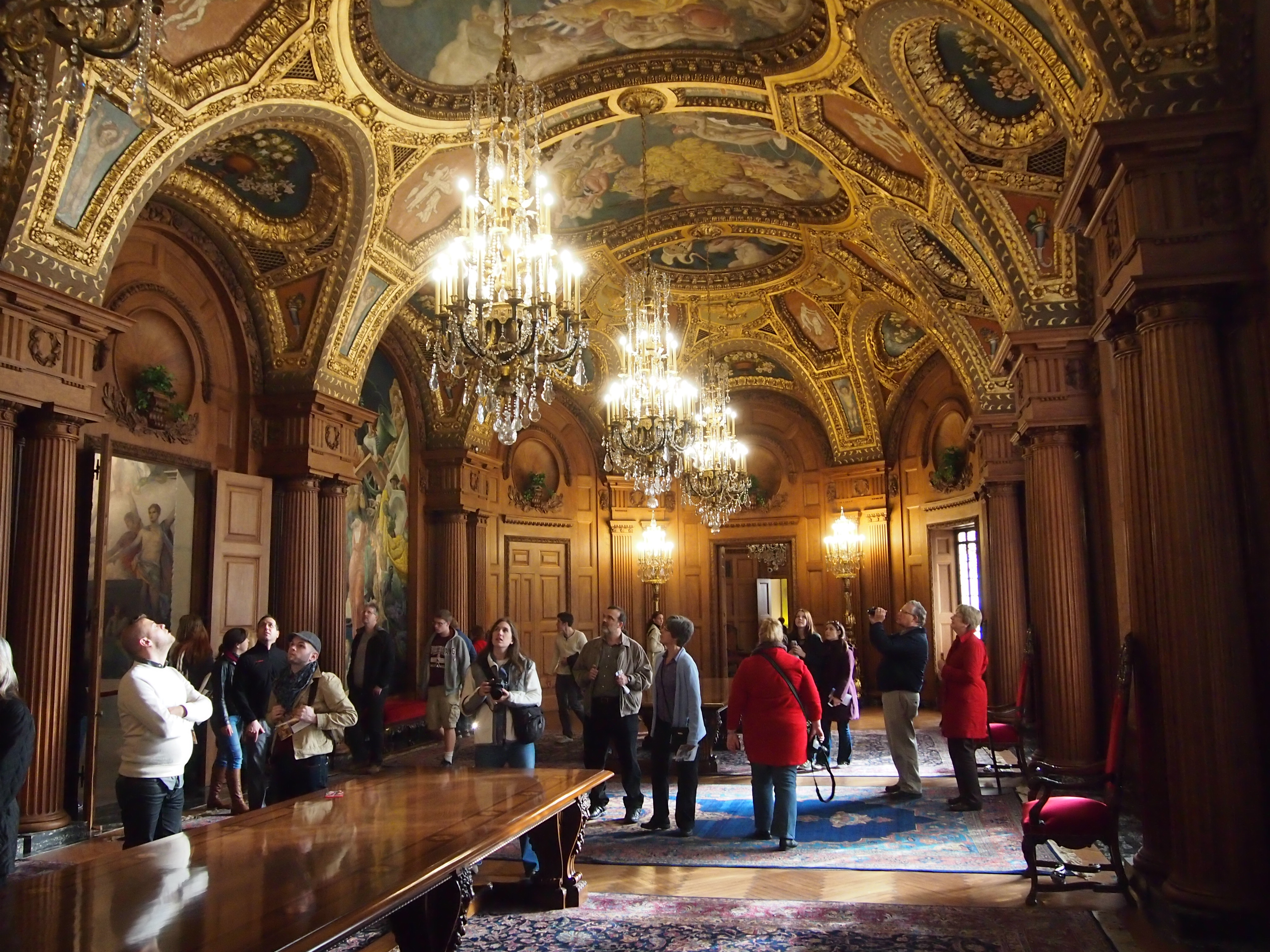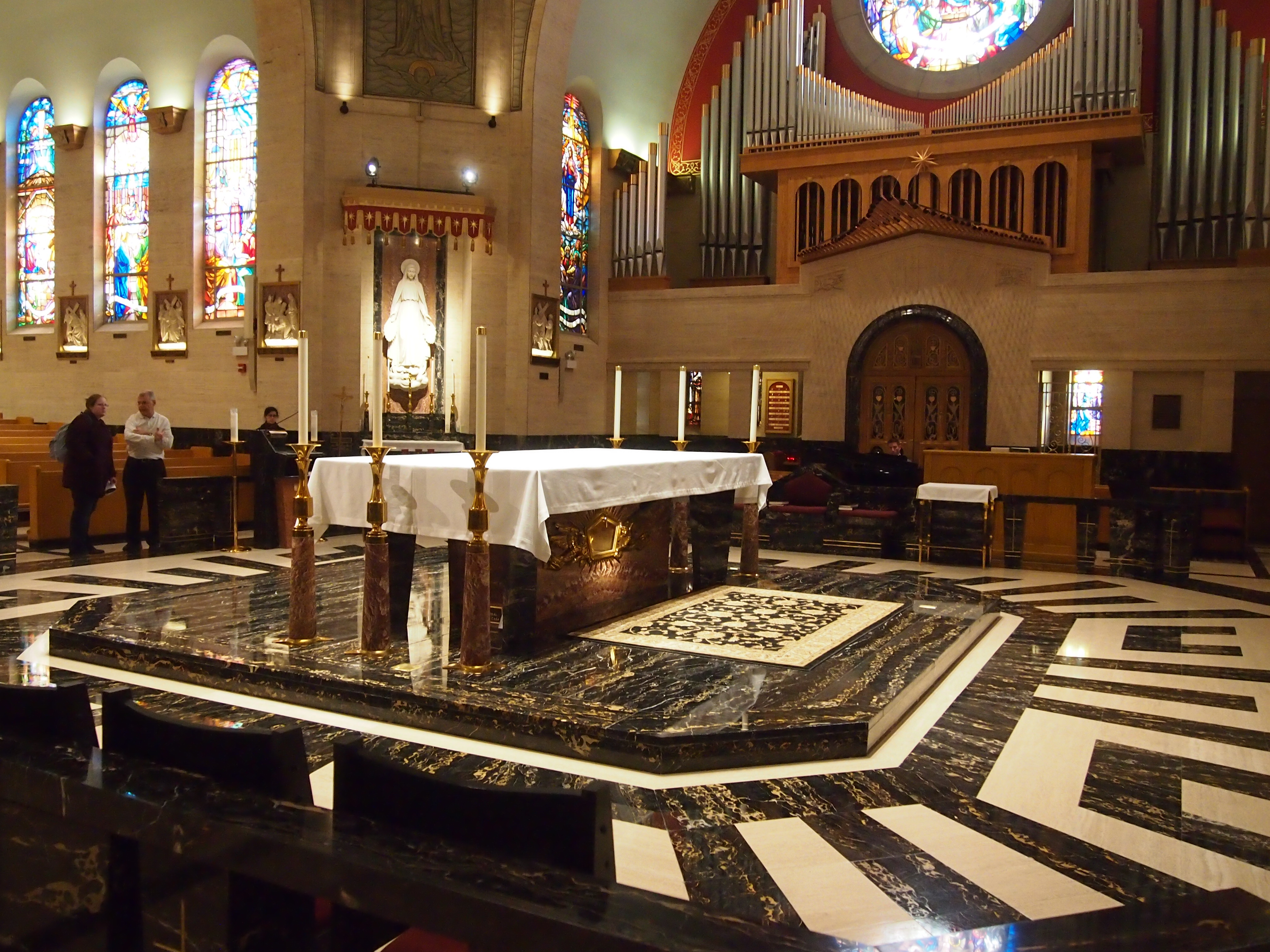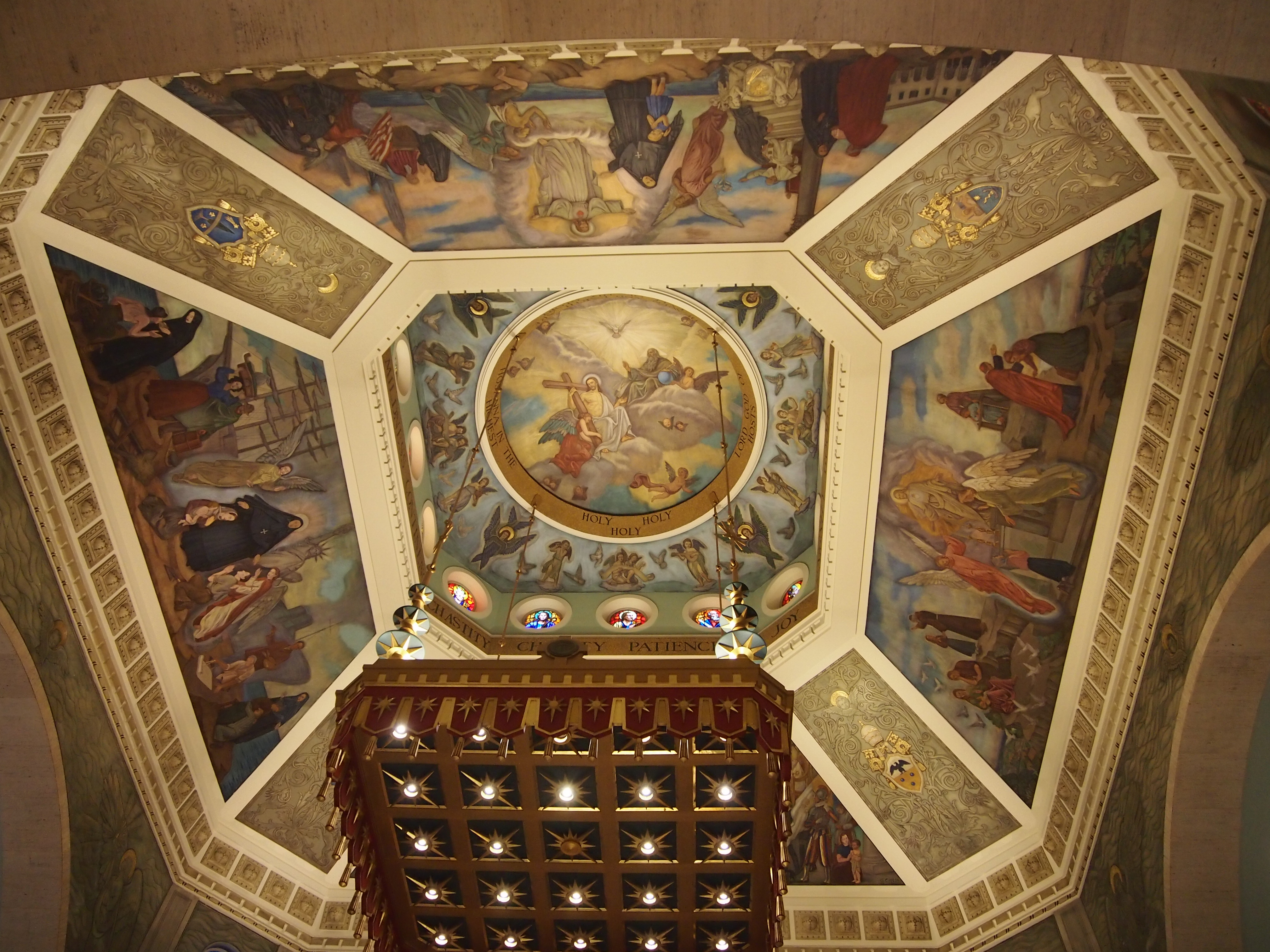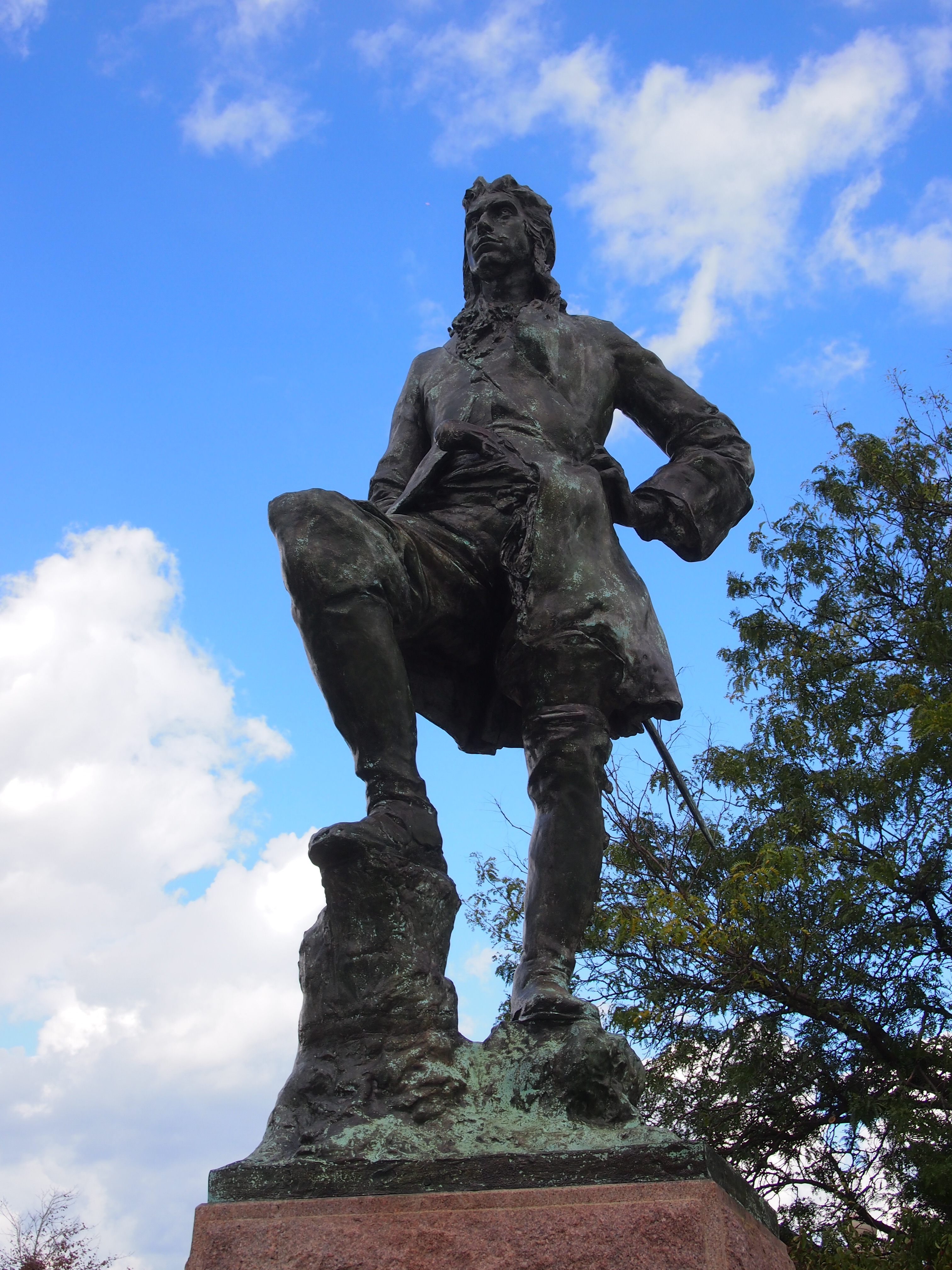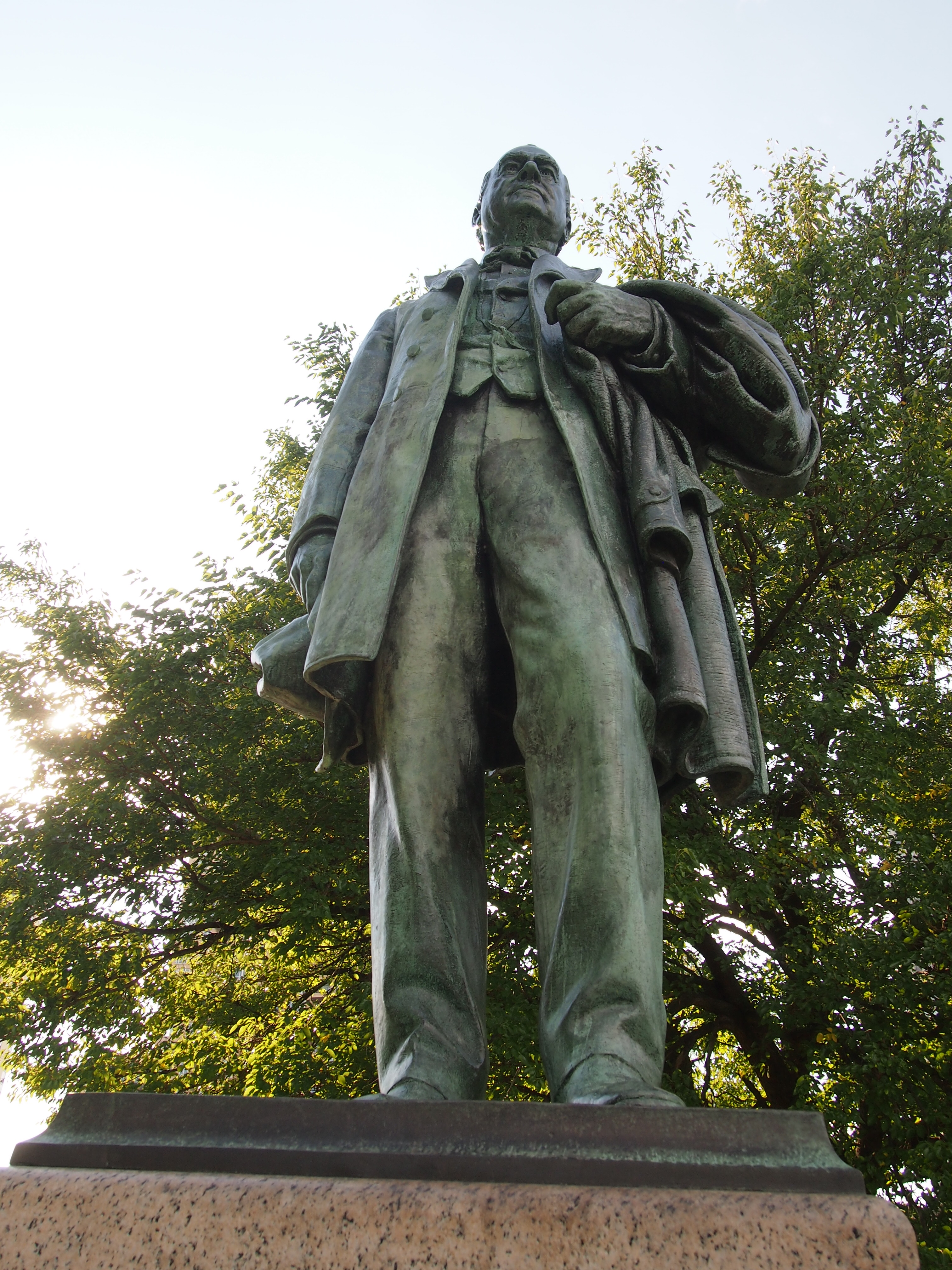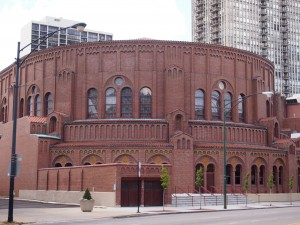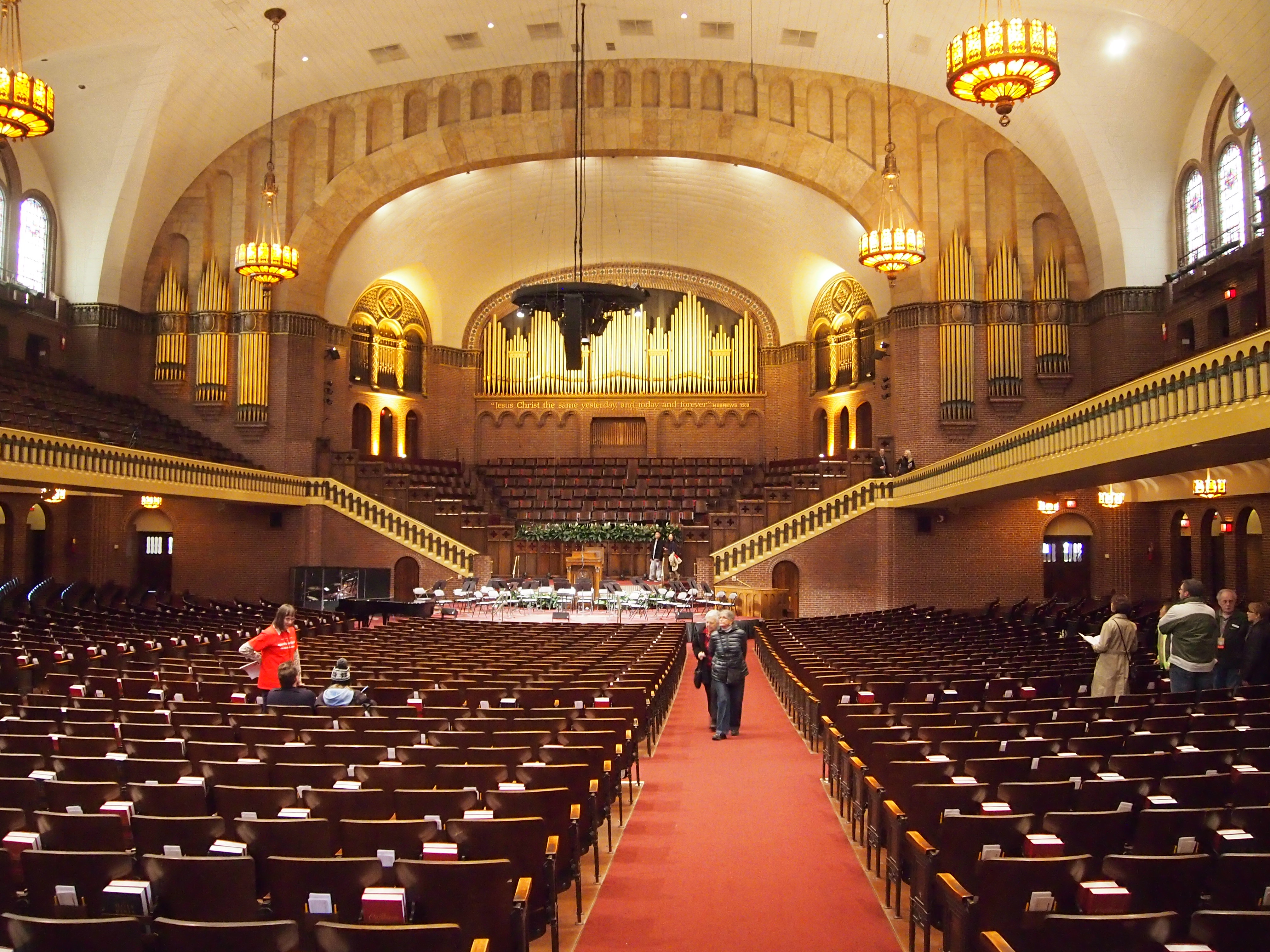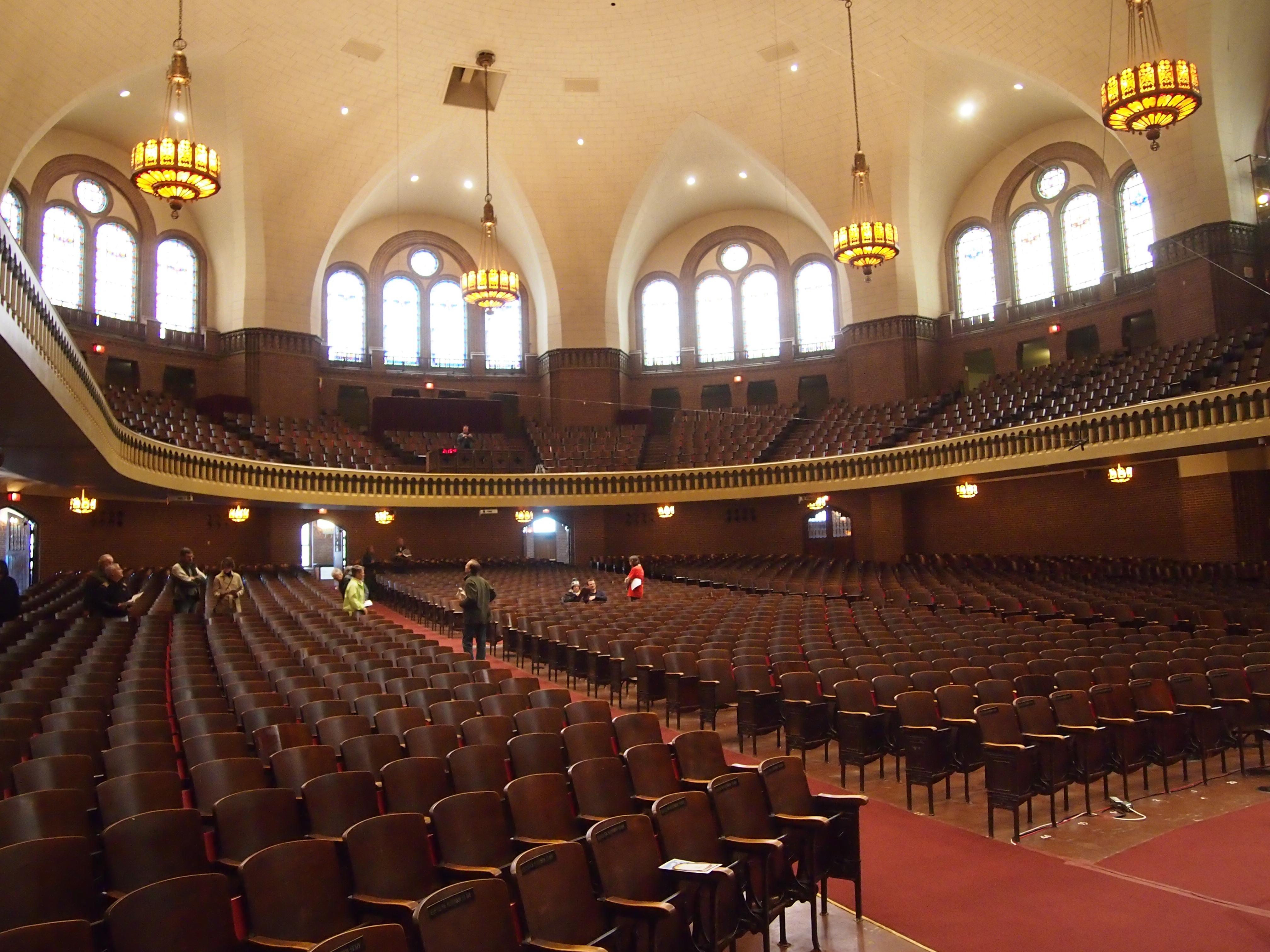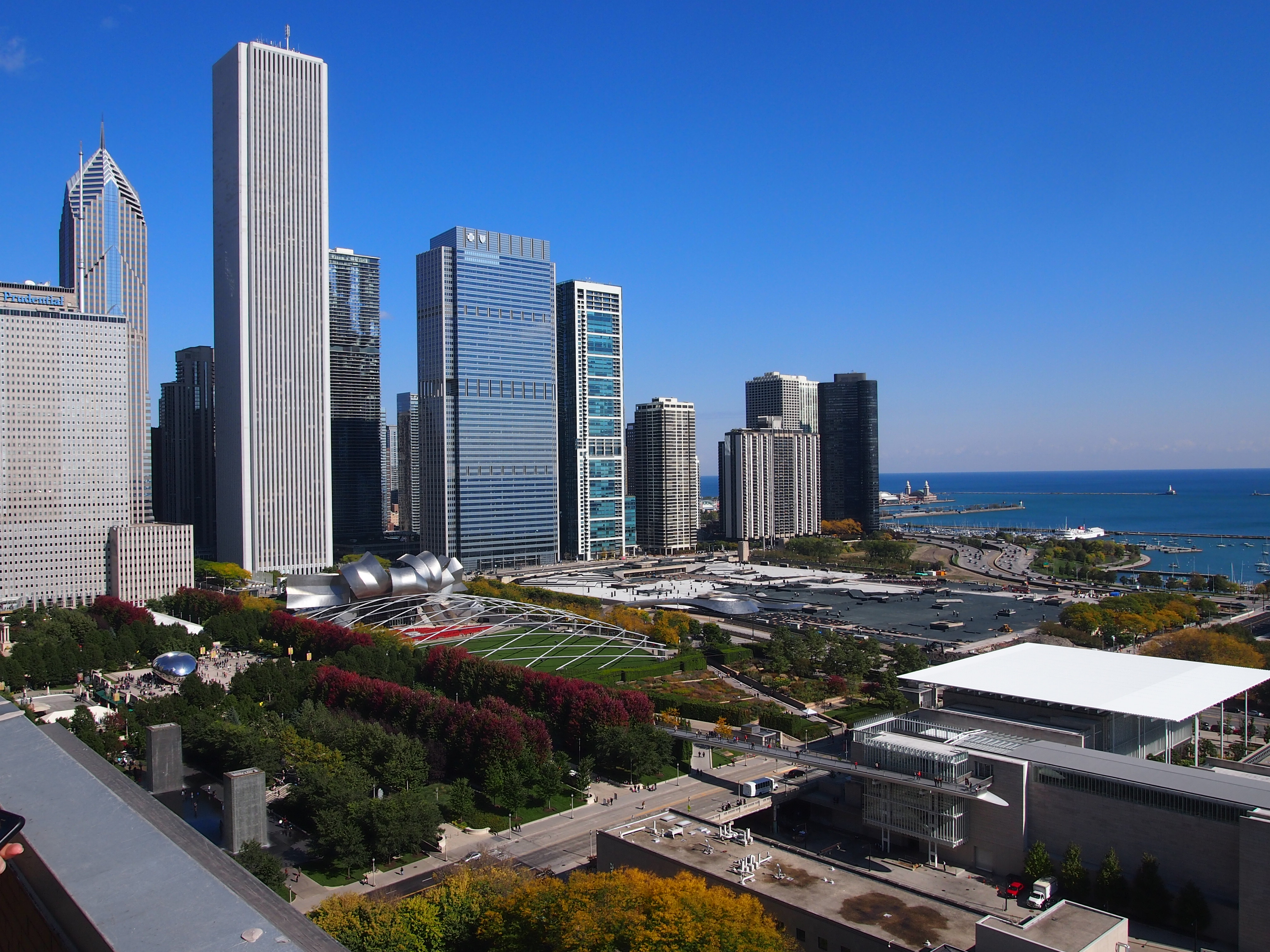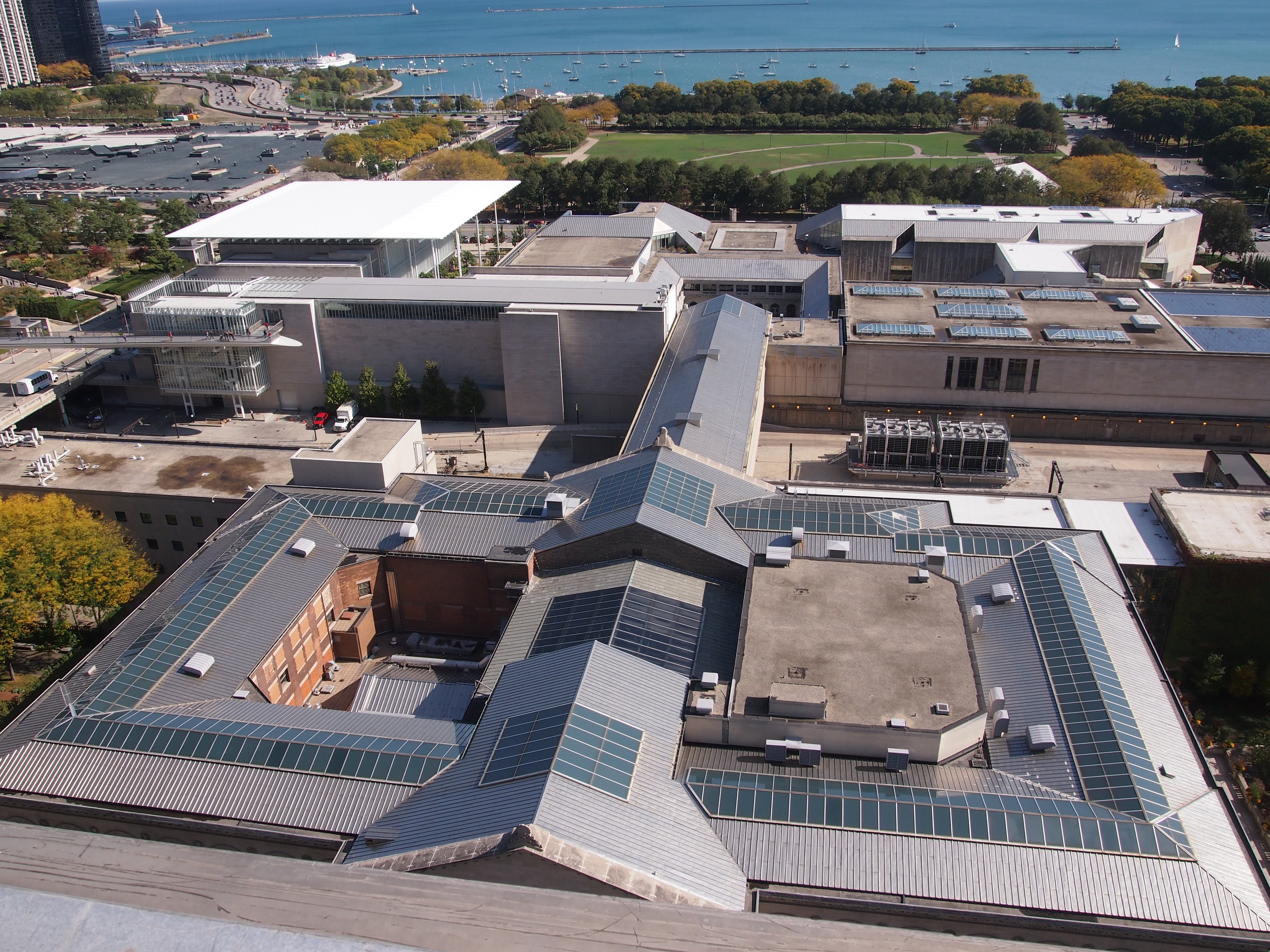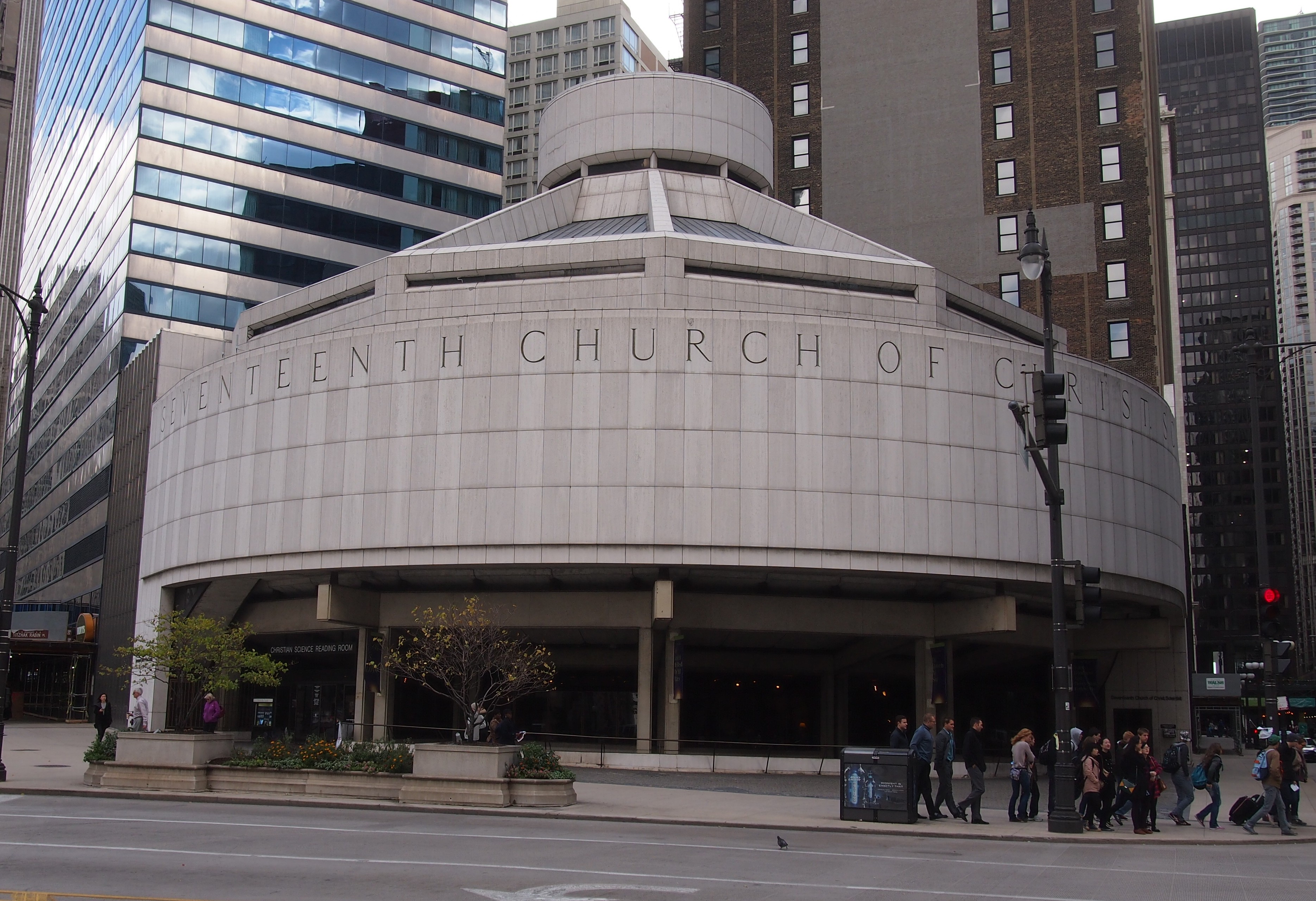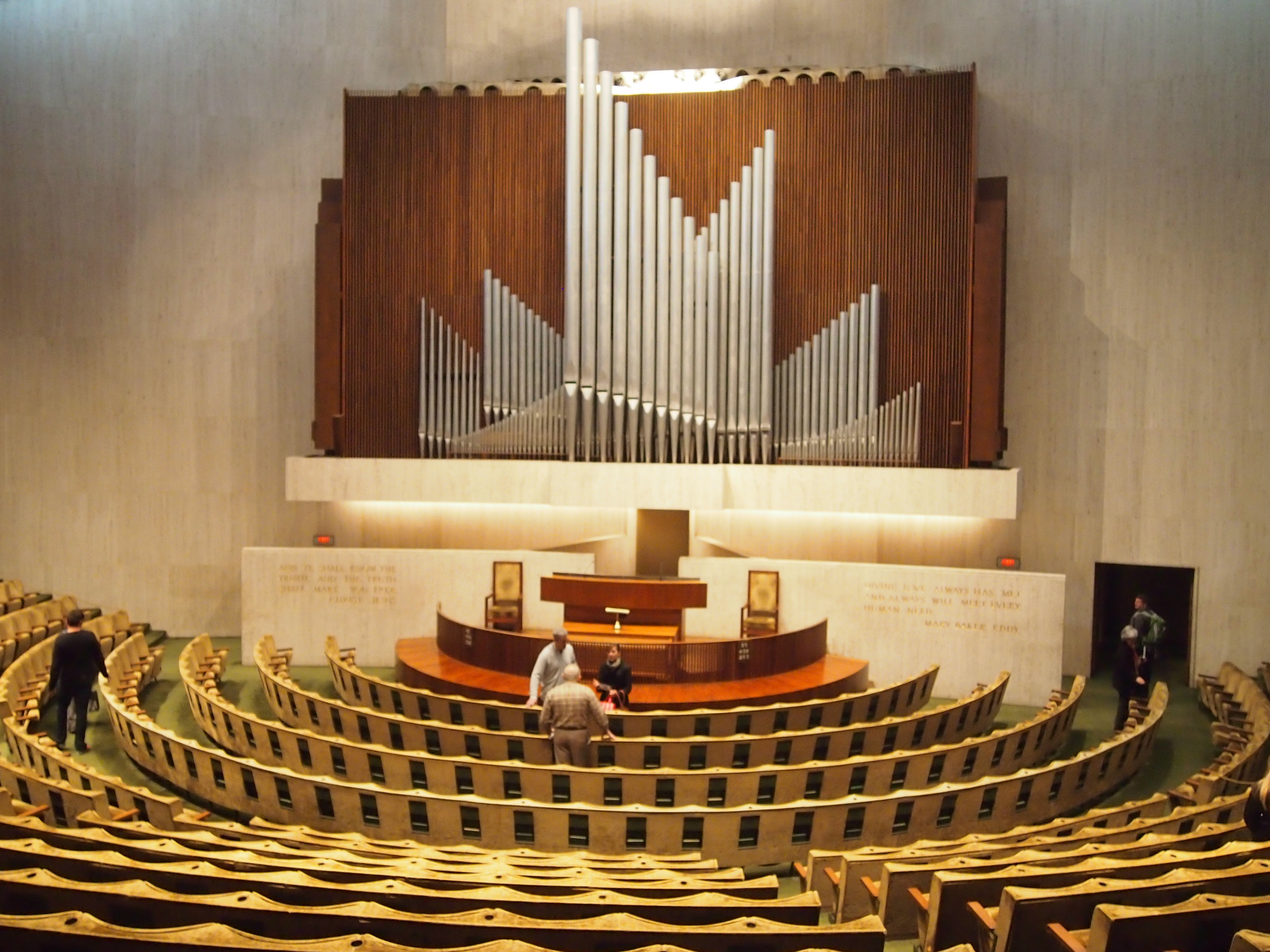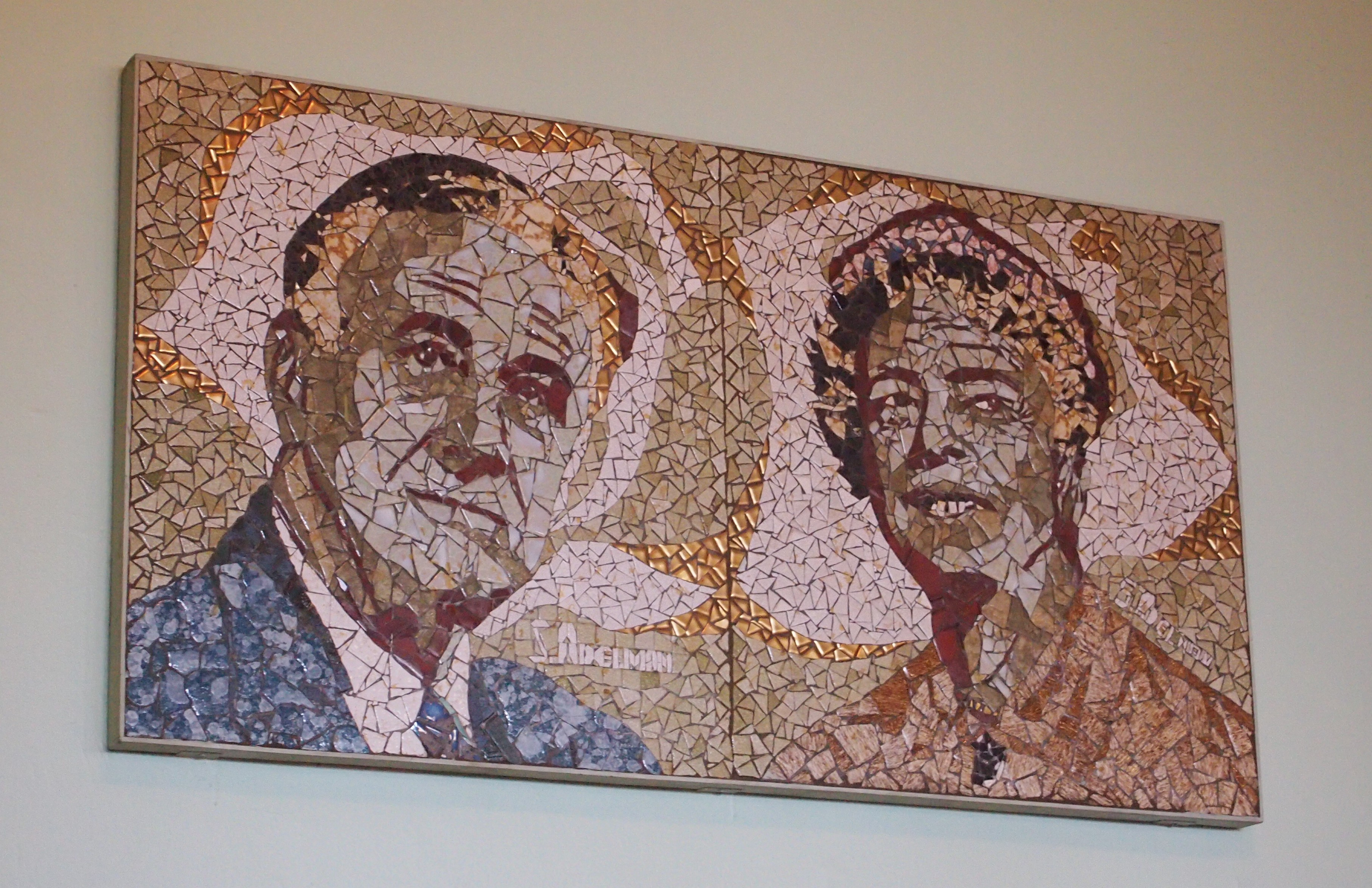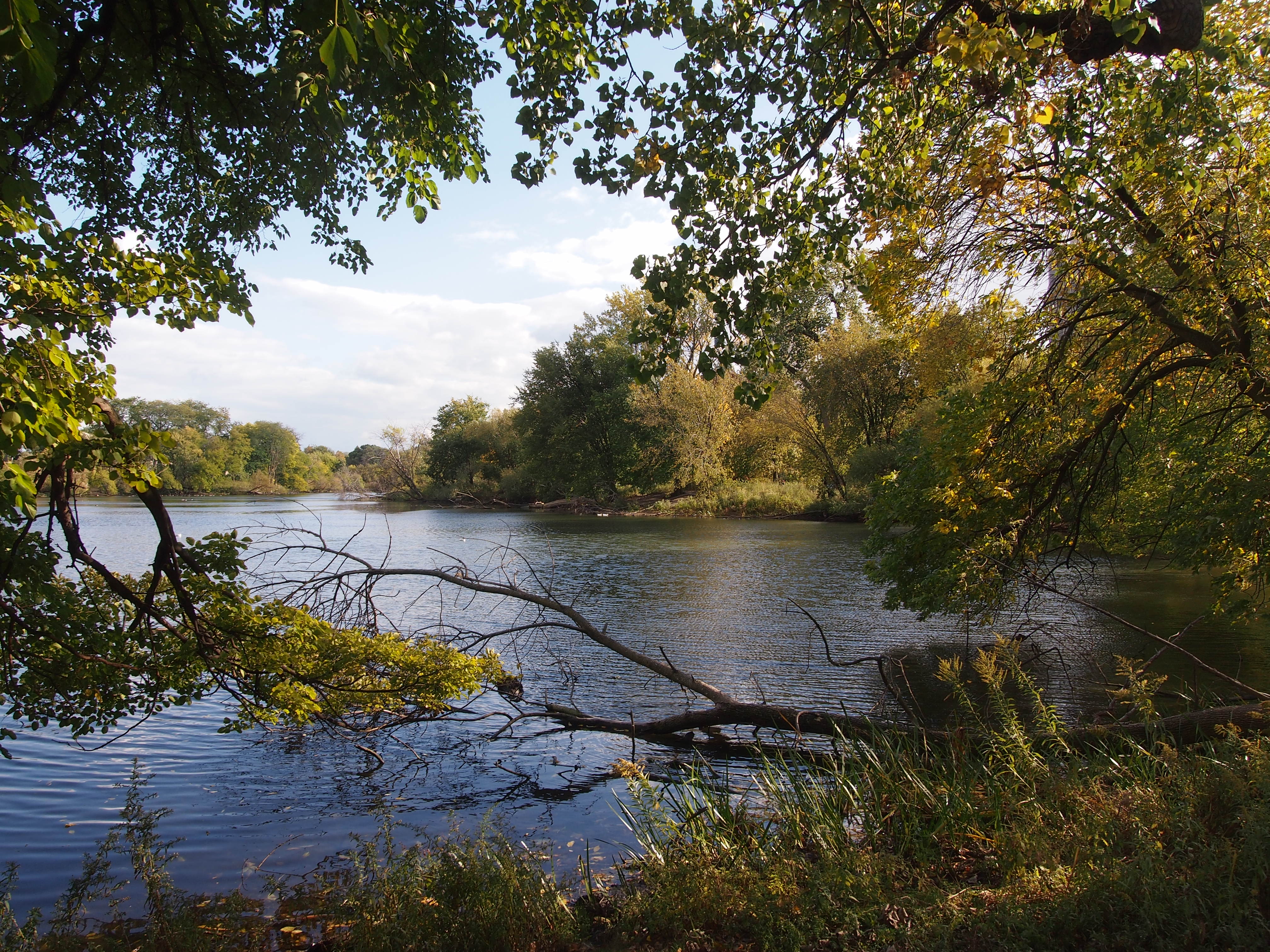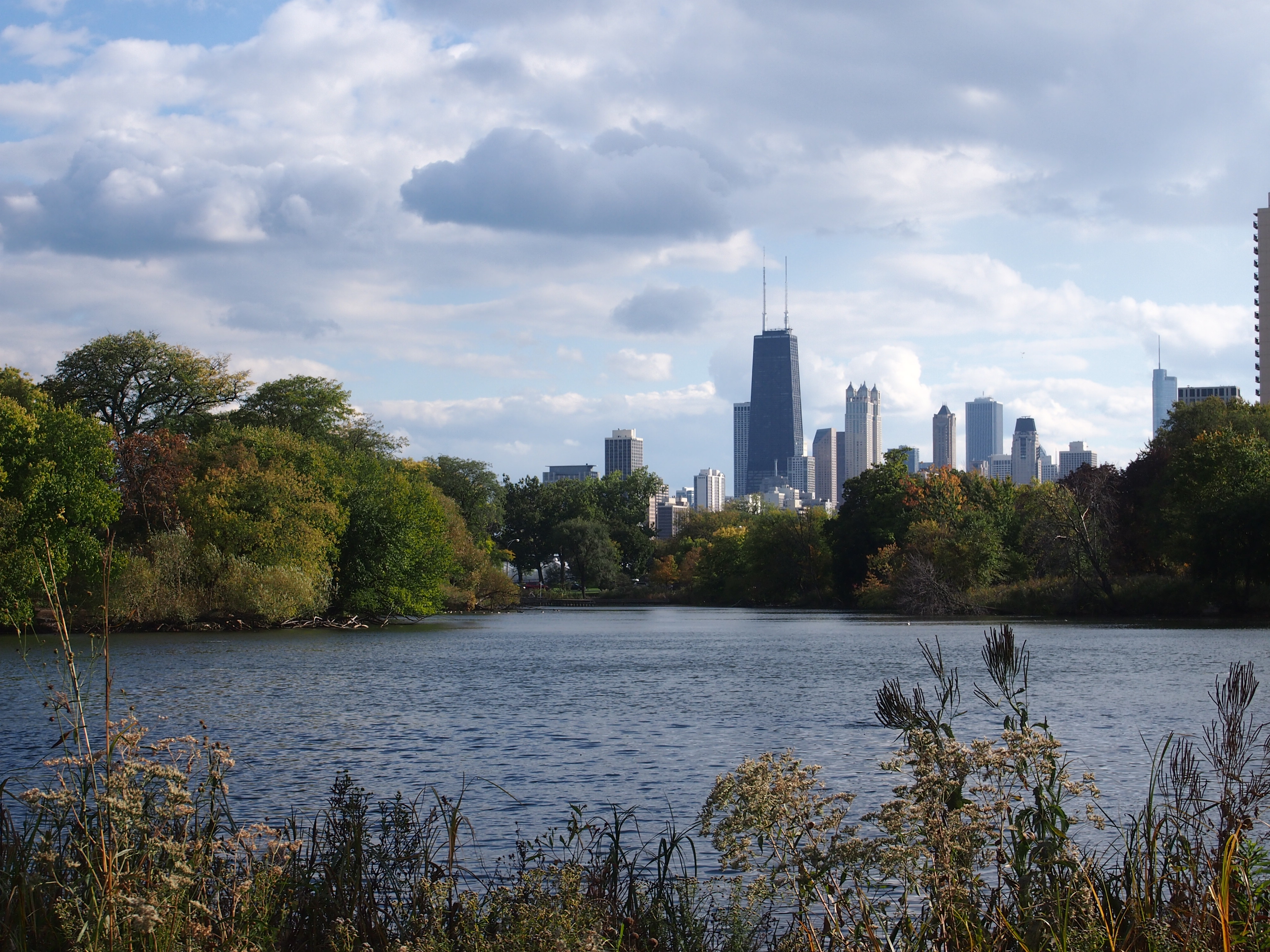I can’t remember the last time it rained on Halloween, but today we had a fair amount. It finally slacked off in the late afternoon, and children and others emerged to collect sweets. Not as many as most years, but some. Lilly was out with friends, ignoring my opinion that she’s too old for it.
I took Ann out in the immediate neighborhood while she waited for a friend of hers to show up – they were going to some kind of park district spook-tacular or boo-nanza or something. She reported having fun at that, but I’m glad I didn’t have to take her. A little Halloween goes a long way.
Mostly she collected usual-suspect candies. In no particular order: Hershey bars, Nestle Crunch, Snickers, Kit Kats, Twizzlers, M&Ms, Twix, Tootsie Rolls and Pops, Butterfingers, Milky Ways, Whoppers, Dots, Milk Duds, Dum Dums, Take 5 and Jolly Rancher. There were a few oddities, such as Sour Face Twisters Bubble Gum, product of Mexico, and three flavors of small Tootsie Roll imitators, except they’re brick-shaped rather than rolls – Wild Cherry, Blue Raspberry, and Green Apple chews, all made in Brazil “by Riclan S/A for R.L. Albert & Son.”
A modest amount of looking around tells me Riclan is a confectionery company located in Rio Claro, in São Paulo state. R.L. Albert & Son is located in Stamford, Conn., and seems to specialize in making seasonal candies – or having them made off shore. The manufacturer didn’t short the product on brightly colored food colors, that’s for sure.
We gave away Romeo and Dreemy, two Aldi brands made in Germany. Aldi sells wonderful German chocolates, and those are two: coconut and nougat bars, respectively. I also insisted on giving away Smarties, despite mocking from my offspring. “No one likes Smarties,” Lilly said. “Oh, yeah?” I shot back. “At least a quarter of the people in this house do.”
Smarties and I go back 40+ years. And I’m happy to report that they’re made by the Smarties Candy Co. (until 2011 Ce De Candy Inc.) of New Jersey, not some secretive confectionery behemoth bent on world domination (and they know who they are). The candies are made in only two places. Smarties’ web site says that “Smarties are made 24 hours a day in two candy factories located in Union, New Jersey, and Newmarket, Ontario. The company produces billions of Smarties rolls each year.”
